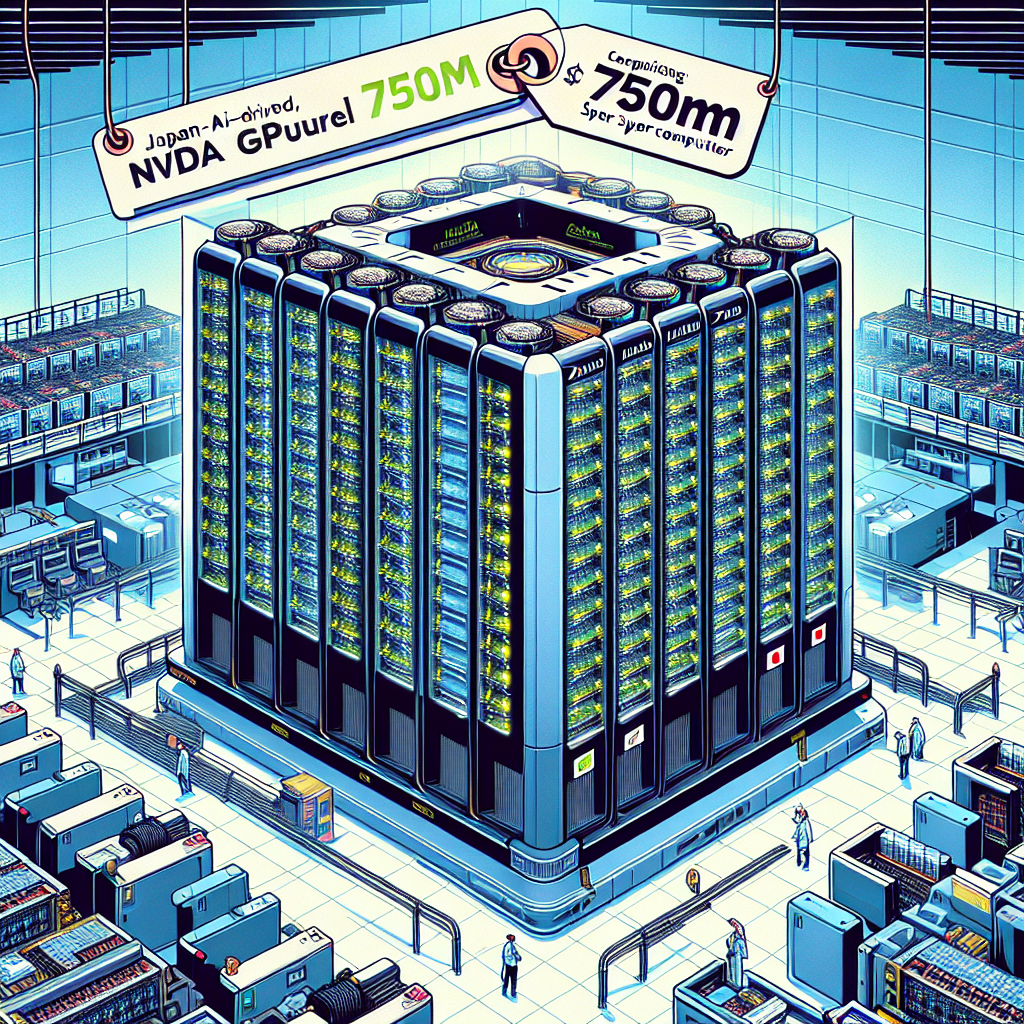
Japan is on the verge of a technological renaissance with the introduction of FugakuNEXT, a groundbreaking supercomputer designed to transcend traditional computational limits. Announced in a striking ceremony on August 22 in Tokyo, this initiative marks a key partnership between RIKEN, Fujitsu, and Nvidia, uniting Japanese engineering prowess with cutting-edge GPU technology from the United States.
Fugaku, the predecessor supercomputer that came online in 2020, set a high bar by holding the title of the world’s fastest for two consecutive years. Its capabilities played a pivotal role during the COVID-19 pandemic, assisting researchers in running simulations that informed global health responses. Although it still ranks as the seventh fastest supercomputer worldwide, Japan is now strategically positioning itself for the future with FugakuNEXT, which is set to debut around 2030 at RIKEN’s Kobe campus.
This ambitious project comes with a hefty development budget exceeding 110 billion Yen (approximately $740 million USD). It is not just a numeric upgrade; it represents a new era in Japan’s computational history, following a lineage of notable systems like the Earth Simulator and the K computer. Each of these machines has played a crucial role in the evolution of computational science.
What sets FugakuNEXT apart from its predecessors is its hybrid architecture, which will centralize GPUs in its design. Specifically, Fujitsu will introduce its new MONAKA-X CPUs, while Nvidia will contribute GPUs and assist in developing the interconnect fabric using NVLink Fusion—a cutting-edge, high-bandwidth connection method between CPUs and GPUs. This innovation not only enables traditional simulation workloads but also pivots the supercomputer towards next-generation AI applications.
RIKEN has set ambitious benchmarks for performance with FugakuNEXT, forecasting a fivefold increase in hardware capabilities compared to the original Fugaku, and a staggering twentyfold improvement in software efficiency through advanced optimizations. Techniques such as mixed-precision computing and physics-informed neural networks are anticipated to deliver up to a hundredfold enhancement in practical applications, catering to the evolving demands of contemporary scientific research.
Initial performance targets project peak capabilities around 600 exaFLOPS in FP8 sparse precision, placing FugakuNEXT in a position to potentially become the first zetta-scale supercomputer in the world. Remarkably, RIKEN has confirmed that this performance leap will occur within the same energy constraints as Fugaku, reinforcing the project’s commitment to energy efficiency.
Beyond mere performance, FugakuNEXT embodies a profound conceptual shift in how supercomputing integrates with artificial intelligence. RIKEN envisions this machine as a model platform for “AI for Science,” thereby automating various stages of research—from hypothesis generation to experimental validation. This integration promises accelerated discovery across vital domains like climate modeling, drug development, disaster resilience, and advanced manufacturing.
Moreover, Nvidia’s participation signifies a collaborative commitment to pushing the boundaries of what is possible in high-performance computing and AI. The partnership aims to leverage each organization’s strengths, driving not just advancements in hardware but also innovations in methodologies applicable to urgent scientific challenges.
In conclusion, FugakuNEXT is not just a supercomputing system; it is an ambitious endeavor that seeks to redefine the landscape of scientific research and AI collaboration. With its projected capabilities and energy efficiency, it heralds a new era of computational power that could unlock unprecedented discoveries across various scientific fields. As the world watches this project unfold, FugakuNEXT stands as a symbol of Japan’s dedication to reclaiming its status in the high-performance computing arena.

Leave a Reply